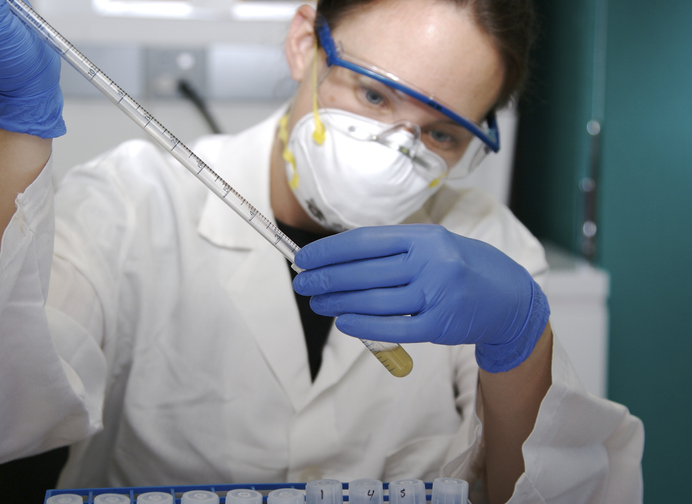In 1946, biochemist Erwin Chargaff and clinician Randolph West reported that work on the process of blood clotting revealed what the scientists suspected were “a variety of minute breakdown products of blood corpuscles.” Decades later, other scientists determined that extracellular vesicles (EVs) made up at least part of the products that Chargaff and West envisioned. Today, EVs offer a range of opportunities in therapies, but it’s not easy to make them efficiently.
Cells secrete EVs, which are nano- to micrometer size spheres enclosed in a bilayer of lipids. Although biologists first suspected the cells secreted EVs to get rid of waste, it turns out that EVs participate in cell signaling. In fact, Inge Katrin Herrmann, PhD, professor of mechanical and process engineering at ETH Zurich in Switzerland, and her colleagues noted: “Extracellular-vesicle-based cell-to-cell communication is conserved across all kingdoms of life.”
EVs can also be used in cell delivery. For example, STRM.BIO loads EVs with gene therapies. As natural products, EVs set off less of an immune response than artificial carriers, like nanoparticles. Plus, EVs are so small that they easily enter cells.
Enhancing production
The interest in EVs also drives vendors to develop products designed to enhance EV production. As one example, Corning created a flask that can be used to culture up to 12,000 EVs.
Nonetheless, scaling the production of EVs to commercial scale is complicated. As an example, Margarida Serra, PhD, head of the stem cell bioengineering laboratory at the Instituto de Biologia Experimental e Tecnológica (iBET) in Portugal, and her colleagues studied EVs produced by mesenchymal stromal cells (MSCs), and stated: “Despite representing a promising alternative to cell-based therapies, clinical translation of EVs is currently limited by their lack of scalability and standardized bioprocessing.”
By expanding MSCs in stirred-tank bioreactors, followed by tangential flow filtration and size-exclusion chromatography, Serra and her colleagues increased the production of MSC-produced EVs by five times compared to using density gradient ultracentrifugation methods.
As the transition continues in thinking of EVs as therapeutic tools instead of just trash cans, bioprocessors face a common challenge, scale. So far, more work needs to be done to overcome that obstacle in making more EV-based therapies. Nonetheless, the evolution in understanding EVs since their discovery in 1946 provides only a glimpse of how these structures could change the future of bioprocessing and the packaging of biotherapeutics.


